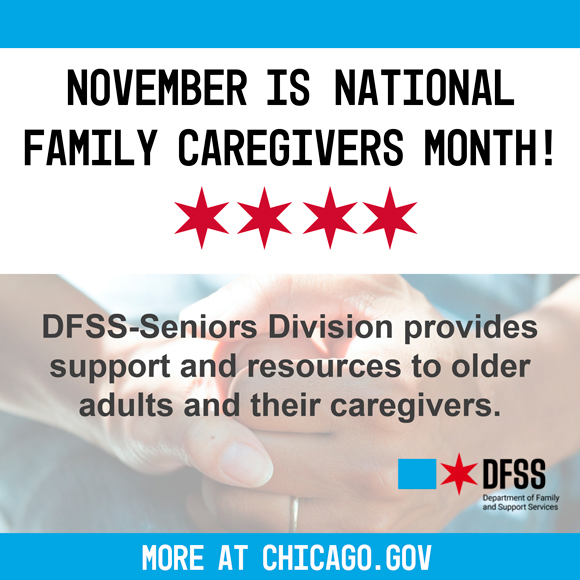
Jeanette is the award-winning writer and author of 12 books, with two more books on the way.
Unpaid caregivers often shoulder a financial burden on top of everything else
Fact checked by Shannon Sparks
Unpaid caregivers — spouses, parents, children, siblings, friends, neighbors, and more — make up the largest cohort of healthcare workers in the U.S. This may sound like hyperbole, but it’s true, says Amy Brennan, executive director of the Illinois Family Caregiver Coalition.
Family caregivers step in for all sorts of reasons — sometimes because the formerly independent adult doesn’t have the resources to pay for care, and sometimes because their relatives or friends don’t trust professional caregivers.
Yet, caregiving isn’t always either a paid caregiver or a relative, says Diane Slezak, CEO of AgeOptions. “It’s much more often both, or it’s a little bit of everything.”
While family or friends who provide caregiving often save money for the person they care for, the costs to the caregiver can be astounding — from items the caregiver ends up purchasing to the toll the responsibility takes on their paid work.
For example, Brennan says that when she was caring for her mother, her employer was the opposite of understanding. “My managers gave me a hard time when I worked remotely, even though most of my work could easily be accomplished remotely.”
Direct out-of-pocket costs for caregivers are often a major expense, too. Medications, outside support (such as respite care), and incontinence supplies add up, Slezak says.
Unexpected costs come up, too. If mobility issues arise, the caregiver may have to purchase a wheelchair, widen a bathroom door, or make other adaptations to the house.
Caregiving weighs on caregivers in emotional and physical ways as well.
“Caregivers wear many hats, and there’s never enough time in a day to get everything done,” Brennan says.
That’s where nonprofit Area Agencies on Aging (commonly called triple-As) and, in Illinois, the Family Caregiver Coalition, can help. They connect caregivers with counselors, support groups, and other resources to help them better manage caregiving and their own lives. When caregivers come to AgeOptions or other service agencies, they take an assessment to identify the areas in which the caregiver needs the most help.
“Sometimes, [caregivers] need help with something physical, like widening a door,” Slezak says. “Other times, they need marital counseling to resolve some of the tension with caring for someone at home. We have caregivers tell us that the counseling is lifesaving.”
External support and advice is vital, both for the information and the interaction, because, Brennan says, “Caregiving can be quite isolating.”
Supporting caregivers supports society overall. “Any time you help someone stay at home longer, you are offering savings to the overall healthcare system,” Brennan says. “Home caregiving puts nursing home placement off by an average of 18 months. That’s 18 months of savings to Medicaid.”














